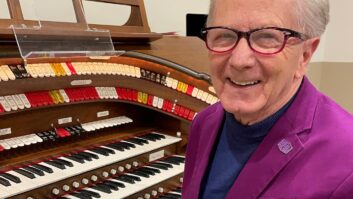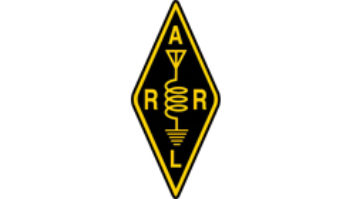
This story originally appeared in TV Technology.
While frequencies near the upper end of the RF spectrum — 60 GHz up to the terahertz range — are gaining attention due to their ability to transmit extremely high data rates, a group of ham radio operators operating with FCC experimental licenses are exploring frequencies near the lower end of the RF spectrum, using extremely low data rates. Last week, the American Radio Relay League (ARRL) said a very low frequency (VLF) signal from a ham radio experimenter in New York was heard in the United Kingdom and Germany.
The test was transmitted by Bob Raide, W2ZM, at 29.499 kHz and consisted of a very slow speed CW signal. A U.K. amateur operator, Roger Lapthorn with station call sign G3XBM, said, “In recent weeks a number of amateur tests have been running from the U.S.A. to Europe around 74 kHz and at 29.499 kHz using several hundred watts to large antennas. As far as I know, these 29.499 kHz VLF signals are the first amateur VLF [transmissions] to span the Atlantic — fantastic results by well-equipped stations using suitable receivers and good software.” (The signals on 74 kHz were “well copied,” but reception of the 29.499 kHz signal was a surprise.)
Raide used a transmitter with a 3CX3000A7 tube in the final, running in a grounded-grid configuration and delivering 800 watts of power. Due to the low efficiency of the antenna, the EIRP was estimated to be approximately 1 milliwatt. Raide used a 90-foot vertical antenna with a reconfigured Zepp arrangement fed by a huge four-foot tall loading coil more that’s more than a foot across. It’s comprised of some 2,000 feet of <4 wire. A few thousand feet of “chicken wire” made up the “ground radial” system.
Paul Nicholson, a shortwave listener, used a pair of orthogonal loops, each 20-meters square at ground level to receive the signals at his U.K. location. The loops which were feed to a transformer and the output connected to a sound card. The transmission consisted of the letters “XBA” sent at a rate of 120 seconds per dot and 360 seconds per dash in CW. Some experimenters in Europe are experimenting with even lower frequencies, below 9 kHz, which are not regulated. It will be interesting to see how far they can go.
For details, see the ARRL news article Experimental VLF Signals Heard in the UK, Europe. More information and links to related sites can be found on the Southgate ARC website.











